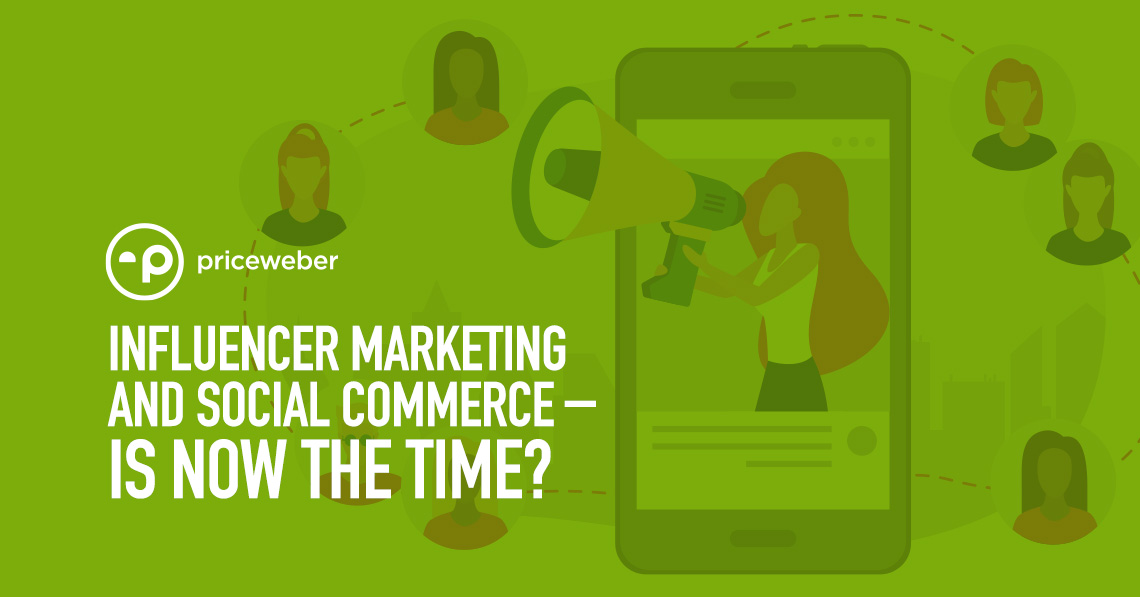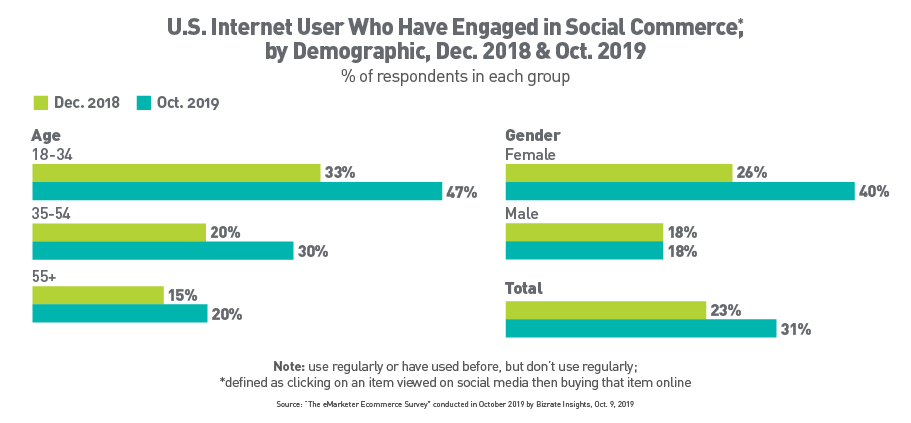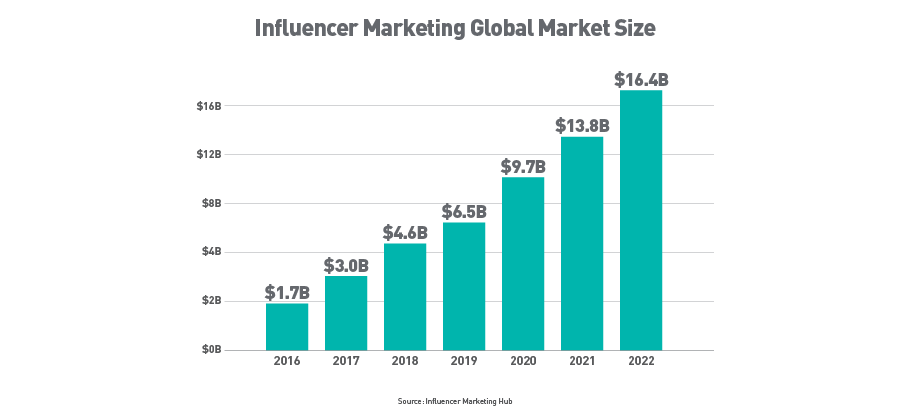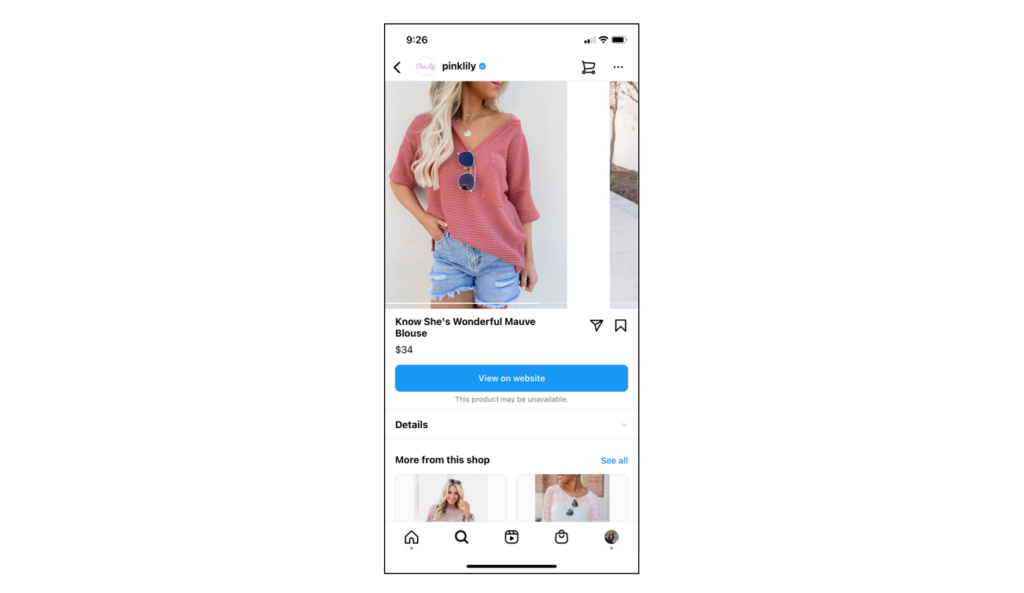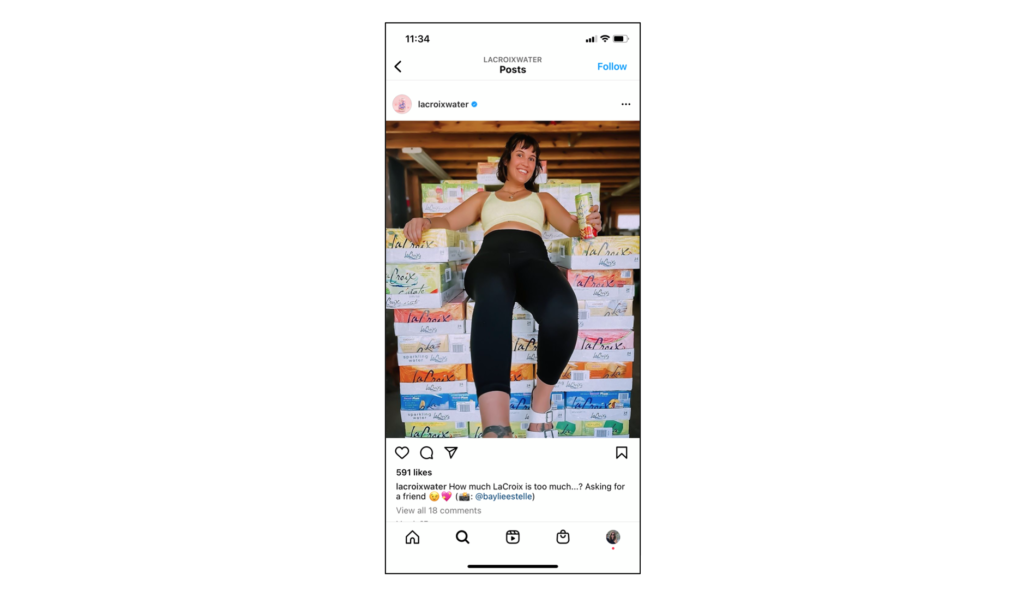Influencer marketing is here to stay. Let me repeat this one more time for the people in the back. Influencer marketing isn’t going anywhere.
We all probably thought that influencer marketing was a fad at one time. We saw social media influencers first start on Facebook promoting products, then came the thousands of long-form reviews and unboxing videos on YouTube, followed by the birth of Instagram, where a new group of influencers took flight. Most recently, TikTok arrived with its explosion of short-form videos that made the social influencer landscape an entirely different ballgame. In today’s Plain Talk, we will explore the world of social commerce, and the role influencers play in “helping” us find our next purchase.
Hooked on influencers
For those needing a quick refresher, you have e-commerce (buying a product on a brand’s website or app), and you have social commerce (the process of selling products directly from social media). Some of the more popular social media sites that allow social commerce include Instagram, Facebook, YouTube, TikTok and Pinterest, and each day, social media platforms are making it easier than ever to buy online.
At this point, I think most of us have scrolled through a social media platform, seen something we wanted to buy from someone who influenced us, and have quickly purchased the product within minutes, thanks to the convenient tools that these social media platforms now have in place. You no longer have to jump over to a website or app to look for the product an influencer is promoting, which adds time to the process of buying. Now, you see it on social media, click on it, and buy it within minutes. It’s that easy, and all without leaving the app. Item purchased. Now, continue scrolling through your feed.
Social commerce is working, and I’d be pretty surprised by anyone who hasn’t been lured by the persuasive power of their favorite influencers. According to Nielsen, 92% of consumers trust online content created by their peers above all other forms of advertising. So, basically … everyone. But is it sustainable?
Definitely not just another advertising fad
Even if your brand isn’t already working with influencers as part of your overall marketing and social commerce strategy, it is still likely being impacted by influencers, whether you know it or not.
According to an October 2019 eMarketer survey from Bizrate Insights, nearly half of social media users between 18 and 34 have participated in social commerce on platforms like TikTok, Instagram, Facebook and Snapchat.
Then came the pandemic, where housebound social media users with too much time on their hands consumed even more social content. Social media usage grew, and, according to Influencer Marketing Hub, so did the number of influencer-related services and companies, which grew by 26% during 2021 alone. The influencer marketing industry reached $13.8 billion in 2021 and is projected to grow to $16.4 billion in 2022. Even though this is still a small percentage of the overall e-commerce market, which is expected to reach $1 trillion in the United States in 2022 according to Insider Intelligence, it’s still a number that continues to grow, which shows us this isn’t another advertising trend that will come and go. We should all be taking note of this for all future social media and marketing plans.
If you build it, they will come
“If you build it, they will come.” This isn’t just a “Field of Dreams” quote, but rather what brands must start doing before attempting to take their social commerce strategy to the next level. You must first build a program or campaign to test whether influencer marketing is a fit for your brand, and once you get it right, you’ll notice two things:
1. Eventually, it won’t just be you on the lookout for influencers. If you are doing things right, they’ll also start approaching you too.
2. If you have a solid program in place, you will see results.
One great example is Pink Lily, an online clothing company founded in 2014. Today they are known as one of the most popular online clothing brands in the United States. Last year alone, Pink Lily had $100 million in sales, and social media influencers drove 10-15% of that, or $10-15 million dollars.
“Influencers are crucial for our business – not only because they provide a return on investment (ROI), but we are also able to repurpose their content on our platforms, which our customers love seeing,” said Merritt Meherg Evans, Marketing Director of Pink Lily.
In 2018, when Pink Lily noticed just how strong the ROI was from working with influencers, they kicked off a monthly plan that included using a portion of their marketing budget to partner with social media influencers. But rather than pay a flat fee each time they worked with an influencer to promote a product, as many top influencers require, they saw an opportunity to create something more – an ambassador program that targeted those who genuinely aligned with their values and mission statement who were in the early stages of building their personal brand.
“Several of our ambassadors have grown their following and built a community since joining Pink Lily’s program. It becomes a mutually beneficial partnership as we always love partnering and featuring them on our social platforms,” said Evans.
And as social media platforms have made it even easier for people to click buy on an item with the tap of a finger or click of a mouse, these partnerships continue to grow as brands see just how valuable the influencers are to their strategy and campaigns.
Where to begin?
For those that haven’t yet invested in influencer marketing and think you may be ready to add it to your social media and marketing plan, there are a few essential steps to take. First, start small.
“Don’t go after a big influencer when you’re starting out that will cost $10,000, $15,000 or $20,000 right off the bat, because you want to make sure that you’re not wasting money either. Start small with the micro-influencers first,” said Tori Gerbig, CEO of Pink Lily.
Gerbig is also a social media influencer herself, with 552,000 Instagram followers, and says on the influencing side, she only works with companies in whom she genuinely believes in. She says how the brand treats an influencer can be a make-or-break moment.
“There are companies that are not as easy to work it, which does make me reconsider future collabs. Some brands don’t allow you to get creative with the content that you post on social media. They require you to pre-record it, and it just seems inauthentic, so the brands I prefer to partner with are the ones that are more flexible in letting me get creative with the content I want to share and content that I know does well on my platform,” said Gerbig.
“That’s important for those just getting started to know. Don’t force influencers into something that they’re not comfortable with. Let them choose what they know works for their audience instead of trying to force them into these certain deliverables,” said Evans.
That’s where it’s essential to communicate with the influencers you are approaching. Find out what type of content will resonate best with their audience, rather than demanding a specific approach that you believe will work. If this is a partnership, you need to treat it as a partnership, with both parties weighing in so that at the end of the day, the content feels organic and resonates with the audience, and is not forced.
The Power of Social Influence
To be honest, influencers aren’t new. Think of a celebrity you looked up to at an early age, and think of the influence they had on you when you saw them pop up in a TV commercial selling a product. Today’s influencers are no different; they’re just selling you products on social media.
In fact, many of these influencers are ordinary, everyday people that we’d run into at the grocery store. But now, they’ve built their personal brand on social media, have become loyal customers to brands, and are the ones influencing us to buy products as we’re scrolling through social media. It’s the everyday influencers that top brands like La Croix, Coca-Cola, Audible, Sperry, Gillette, Glossier, Forever 21, and more are now using to grab your attention with organic social media content.
We know that this may all be overwhelming. We get it! It’s hard for most people to keep up with social media, the trends, changing algorithms and more. Now add social commerce into the mix, and it can seem like a lot to handle.
However, maybe you’re ready to take the next step to allow customers to buy from you directly on social media, and you know you need a social media influencer plan. You’re simply stuck and not sure how to get this going next. That’s where we are happy to help.
Give us a call at 502-499-4209, and let’s talk! We’re ready to chat about social commerce and how we can help your brand stand out. Need help finding us? Just search for PriceWeber as you’re scrolling through that social media feed of influencers. We’ll be waiting!

